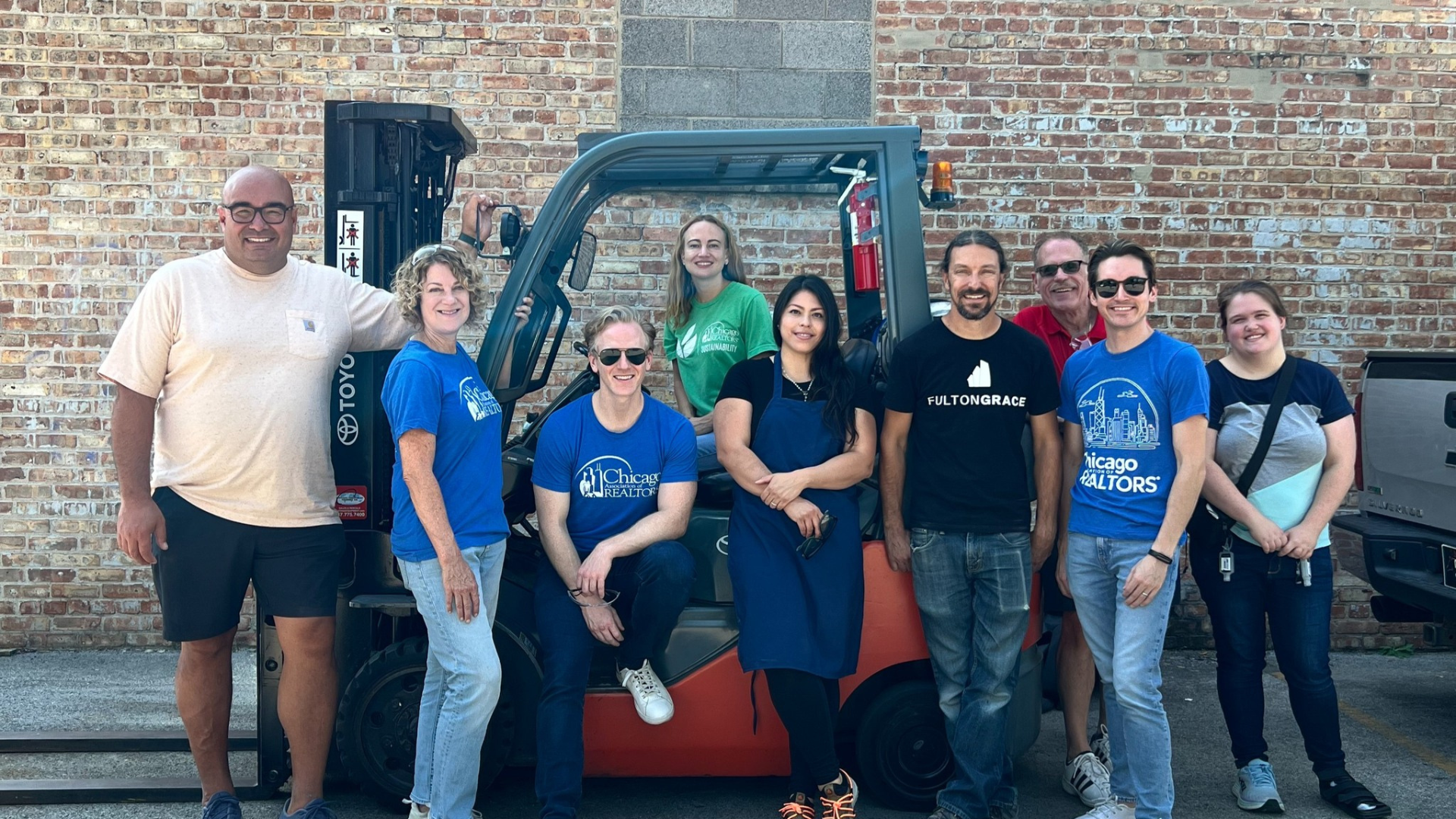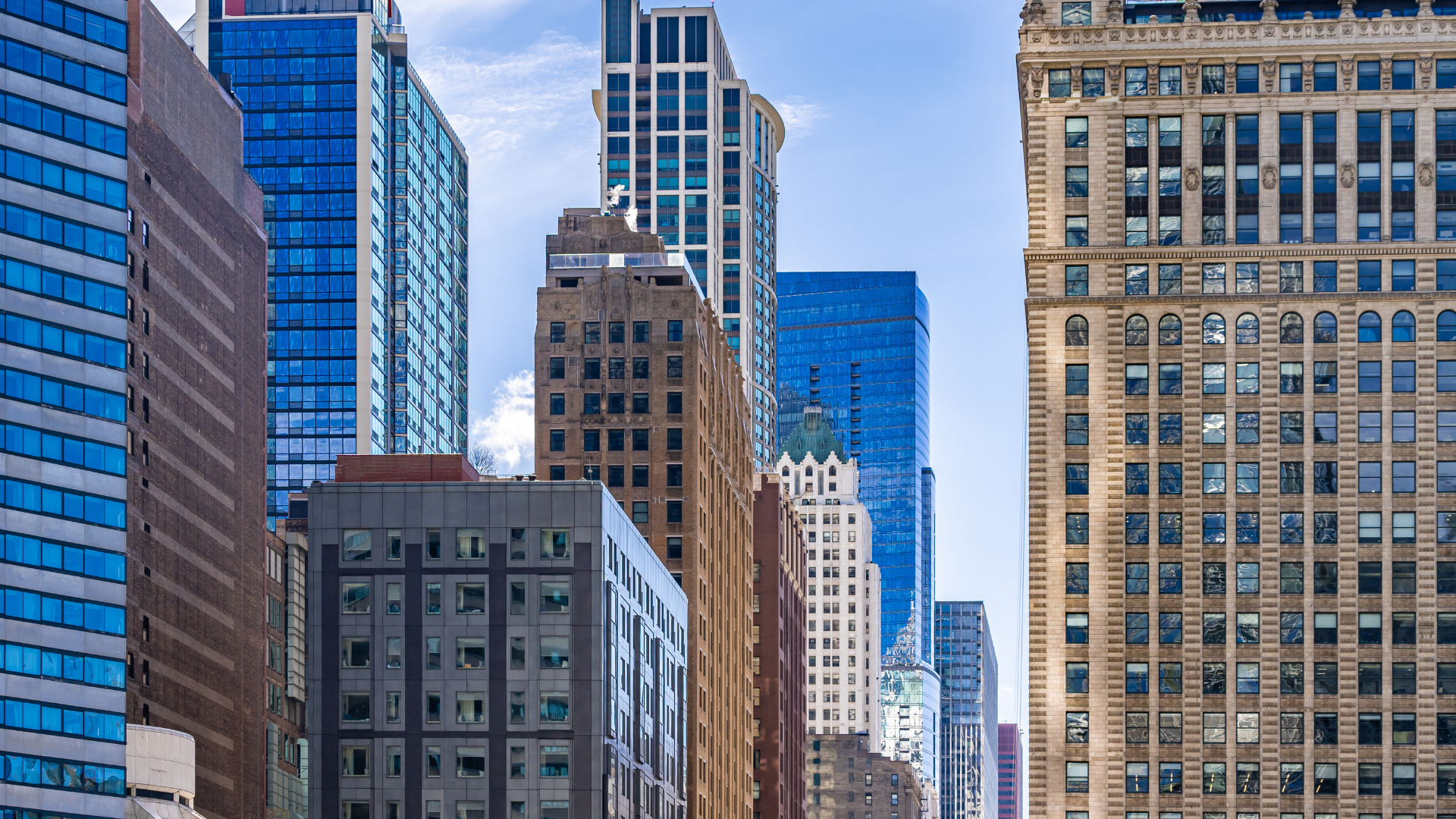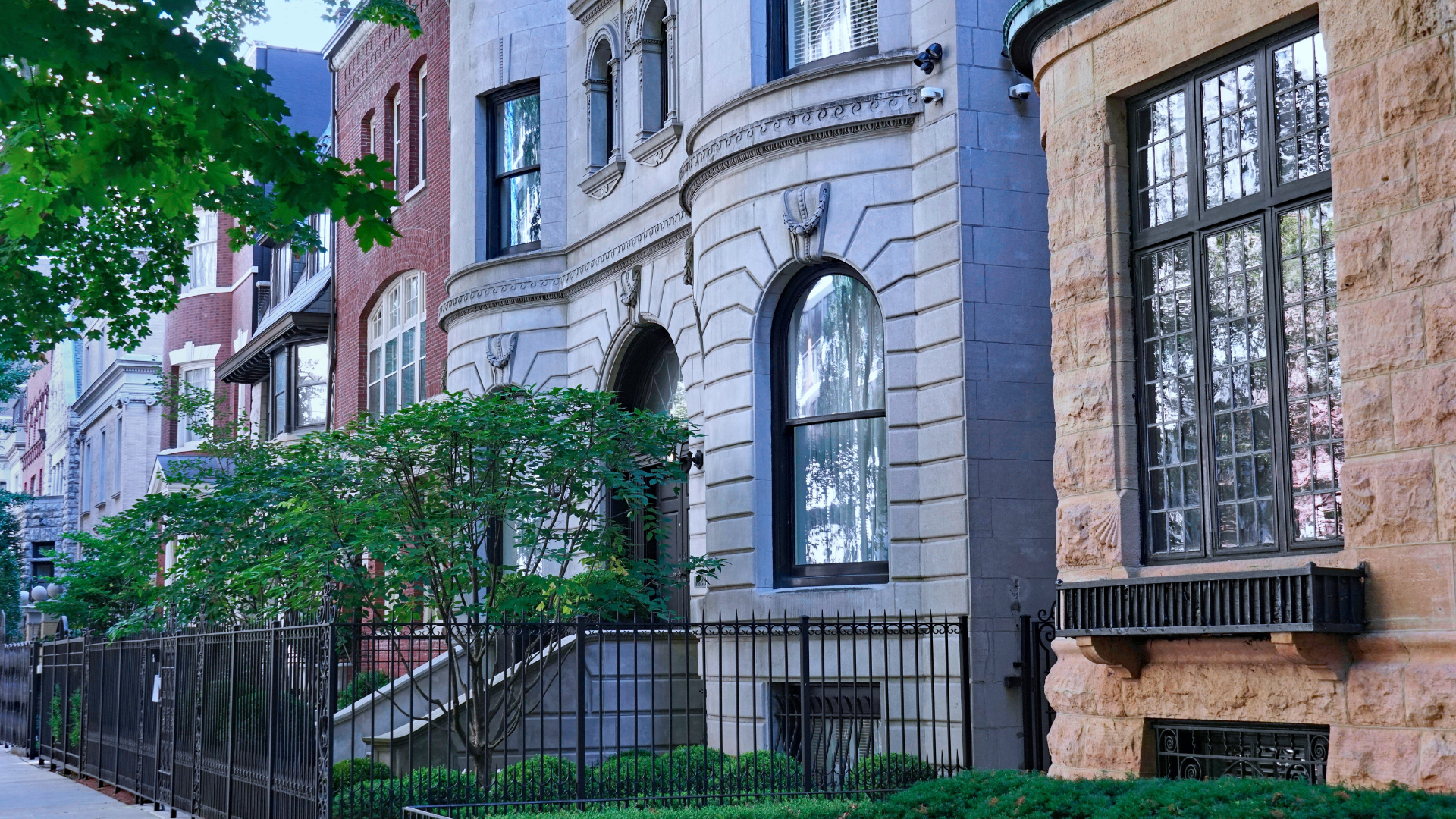Issue Overview
First deemed illegal in 1957, the City of Chicago is slowly reversing course on outlawing Additional Dwelling Units (ADU). In December 2020, City Council approved an ordinance that would allow for ADU permits in specific zones. In 2023, legislation was introduced to expand the pilot program city-wide. In 2024, a substitute bill was introduced to accommodate some amendments offered within City Council.
What is an ADU/ACU?
An Additional Conversion Unit (ACU) is an expansion to existing property such as a garden unit in the basement or turning an attic space into a rental unit. Additional Dwelling Units are coach houses or a flat created on a property lot not necessarily attached to the primary residence. Generally speaking, ADU and ACU are terms used interchangeably. In Chicago there is an affordability component for property owners seeking to add more than one unit to a property.
Legislative Outlook
In May 2021, the city began accepting applications for ADUs in specific pilot zone areas. Over the past three years with the pilot program 250 units have been added with 26 of those units being “affordable.”
In situations where more than one unit will be added, there is a 1:1 ratio of affordable units. If applying for two units, one has to be affordable (60% AMI for 30 years/deed restricted). If applying for three units, one has to be affordable. If applying for four units, two have to be affordable, and so on. The city-wide change would enable “illegal” units to become legal, through permitting. Coach houses would require aldermanic approval (as current law requires). The parking and minimum lot size requirements have been reduced to help property owners considering an ADU.
Our Stance
Accessory Dwelling Units help increase the housing supply, and REALTORS® firmly support policies that encourage building and construction.
News
Issue Updates
Updated 7/23/24
In June 2024 the Zoning Committee hosted a subject matter hearing regarding the pilot ADU program. Alderman Bennett Lawson, lead sponsor, would like to pass the legislation to begin offering property owners throughout the city an option for ADUs. Further supporting an increase of much-needed housing stock in Chicago. It is expected that the Zoning Committee will vote on a city-wide ADU program within the coming months.






